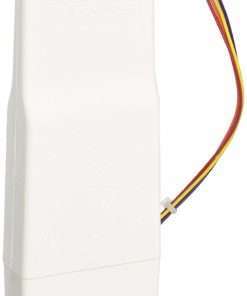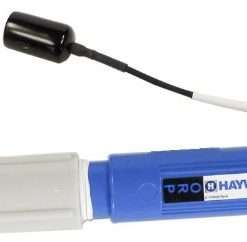What chemical kills algae in pools?
Algae can be a problem in pools, disrupting the clear, blue water and causing unpleasant odor. There are many possible causes of algae growth in a pool, including improper pool maintenance, adding too much chlorine or other chemicals to the water, and having an unsuitable swimming area.
One common chemical that is used to kill algae is chlorine. Chlorine has been shown to be effective in destroying algae cells and killing off the bacteria that helps fuel the algae growth. However, chlorine can also cause irritation and eye damage if it is inhaled or comes in contact with skin. Therefore, it is important to use caution when using chlorine to eliminate algae from a pool.
What is better than chlorine for pools?
Chlorine is often considered the “gold standard” for pool sanitation, but there are several other effective and safe disinfectants available. One such option is sodium hypochlorite (or “pool shock”), which is a liquid form of chlorine that can be added to pools manually or through an automated system. Sodium hypochlorite is less expensive than chlorine gas, and it doesn’t require a special storage tank or dispenser. Additionally, it has a shorter lifespan than chlorine gas, so regular maintenance is required to keep pools clean using this method.
Another popular option for pool sanitation is ozone therapy. Ozone generators are placed in the pool area and generate ozone gas, which breaks down harmful substances in the water. The by-products of this process are oxygen and hydrogen sulfide, both of which are highly effective disinfectants. Ozone therapy can be expensive to set up and maintain, but it’s generally considered to be more effective than chlorine or sodium hypochlorite at killing bacteria and viruses.
What is the ideal pH level for pool?
There is no definitive answer to this question as it depends on a variety of factors, including the type of pool and the local environment. However, most experts agree that the ideal pH level for a swimming pool is 7.2-7.6. Higher or lower pH levels can cause problems such as algae growth, corrosion of pool equipment, and damage to the concrete surface.
How long can bacteria live in a pool?
Pool bacteria can survive for hours, days, or even weeks in moderate temperatures and pH levels. The most common type of pool bacteria is Escherichia coli (E. coli), which can live up to two days in a pool. Other types of bacteria can also survive for short periods of time if they are not exposed to sunlight or excessive heat.

















